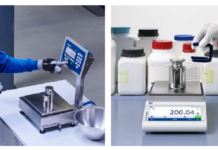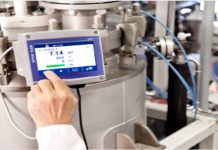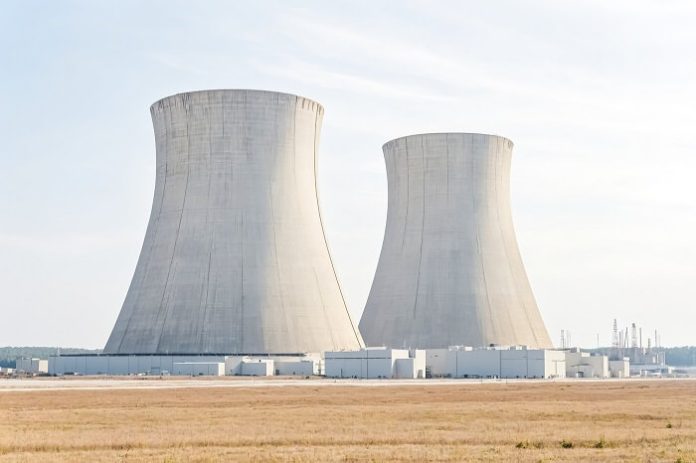India is planning to deploy 40-50 small modular nuclear reactors (SMRs) primarily to replace captive thermal power plants as part of its strategy to achieve net-zero emissions by 2070.
The 220-MWe Pressurised Heavy Water Reactor (PHWR) is currently undergoing a redesign using 3D design platforms. The redesign aims to standardize the reactors, facilitating their deployment even in older thermal power plants used by industries such as steel, aluminium, copper, and cement.
The Department of Atomic Energy, in collaboration with Tata Consulting Engineers (TCE), is spearheading the redesign to develop the Bharat Small Modular Reactor. Amit Sharma, MD and CEO of Tata Consulting Engineers, explained that the redesign involves taking the existing PHWR design and modifying it to be modular, scalable, and aligned with post-Fukushima safety standards. The goal is to deploy 40-50 SMRs within seven to eight years, although this requires a high level of standardization, safety, and modularity.
India has already established several PHWRs: 16 units of 220-MWe, two units of 540-MWe, and two units of 700-MWe. Additionally, fourteen 700-MWe PHWRs are in various stages of implementation and are expected to be commissioned by 2031-32.
TCE has a long-standing relationship with the Department of Atomic Energy, holding an 85% market share in engineering services within the nuclear sector and contributing to several power projects.
Unlike conventional nuclear reactors that are constructed on-site, SMRs can be built in factories. They have a power capacity of up to 300 MWe per unit and can be deployed in locations unsuitable for larger plants due to their mobile and agile nature.
As reported by thehindu.com, SMRs are expected to play a crucial role in the energy transition phase, contributing significantly to efforts aimed at mitigating the effects of climate change.
































